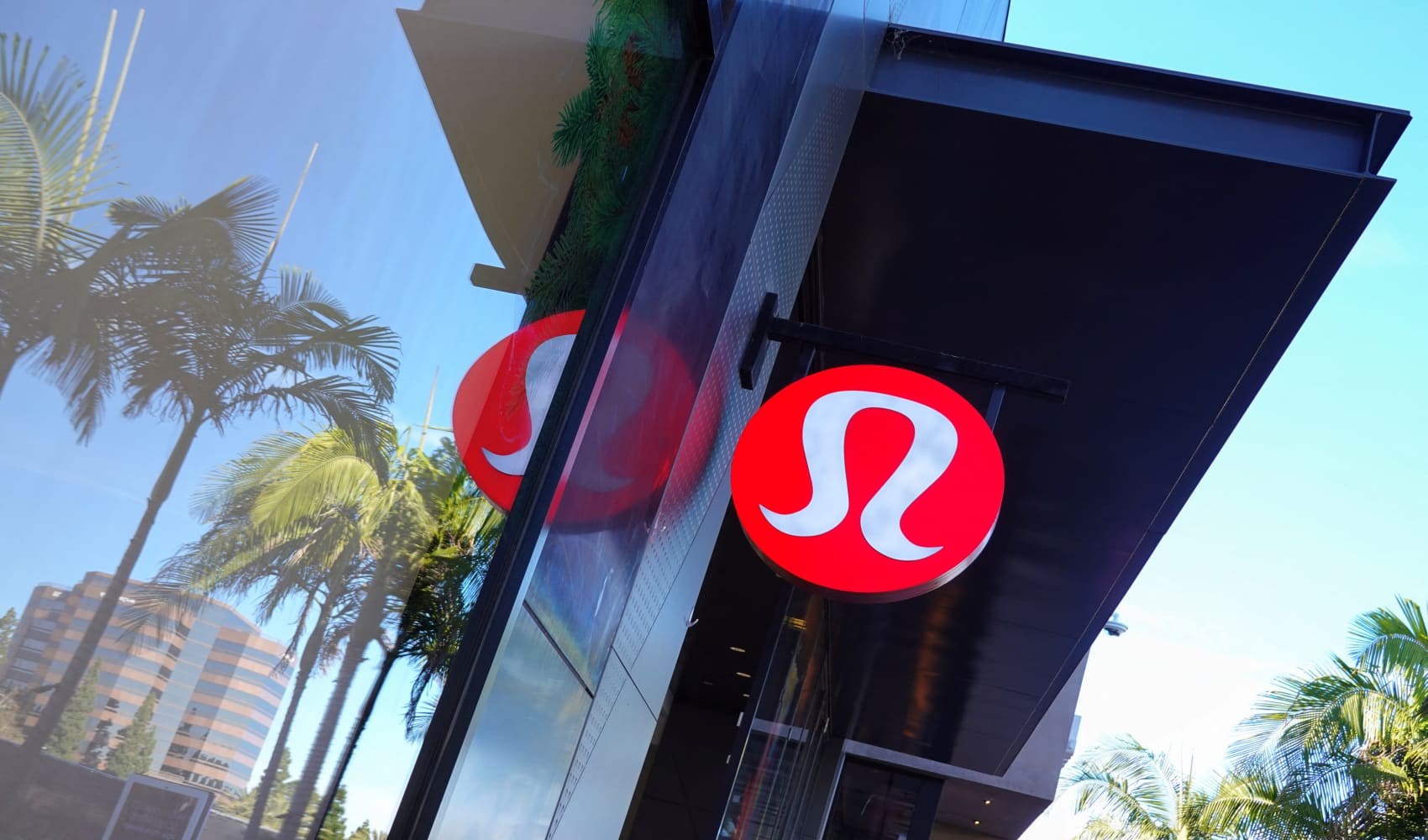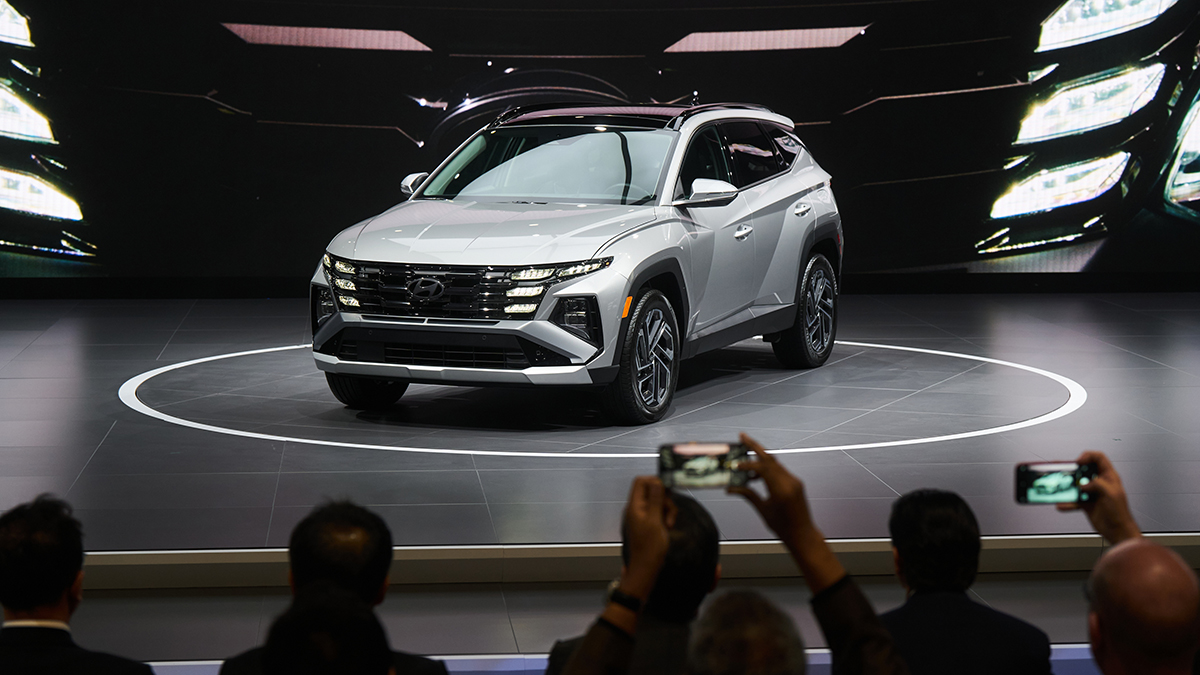As expected, Google and T-Mobile announced the G1 handset today, the first cell phone to use the Android operating system. At a press conference in New York, executives from Google, T-Mobile, and HTC – the device’s manufacturer – showed off the device and detailed its features. My initial reaction: the phone isn’t pretty, but the software and strategy shows enormous vision that is just as disruptive to the mobile industry as many of us thought it was when we first learned of Google’s plans last fall.
If you’ve been following the development of the iPhone ecosystem since Apple debuted its second generation device and app store earlier this year, many of the ideas behind Android and the G1 are similar. The device is touch screen, there is an app store equivalent (“Android Market”), it’s a full web browsing experience, and it’s also designed to be a multimedia hub, featuring its own media player and integration with Amazon’s MP3 store. The huge difference: Android is open source and there is an (almost … there are default applications) completely level playing field for mobile application developers.
Here’s a demo of the handset and some of the applications from Google, with initial summary and analysis below:
Applications
While most of the applications demoed at today’s press conference were built by Google – including an impressive Maps app that integrates a version of Street View that updates as you’re moving – the Android Market will give every developer an opportunity to achieve mobile success. That’s because as opposed to iPhone or RIM’s business models where only certain applications are promoted, Android Market allows users to search all apps. User ratings are also employed to help the cream rise to the top.
That said, the G1 would appear to have a better experience if you’re a user of Google’s web services. For example, if you use Gmail, you get push email – like Blackberry - if you use something else, it’s IMAP. Additionally, other Google mobile apps like Calendar and Gtalk are all synced with the Web versions. Finally, Google search – presumably where the company plans to make a ton of money – is tightly integrated into the G1, getting its own button on the device.
Music
Business
An application from Amazon comes default on G1, allowing users to purchase MP3s. Like the web-version of Amazon’s store, all tracks are DRM-free and can be ordered with “one click” according to representatives at today’s press conference. Android includes its own media player, which is where users can play the tracks. The drawback of the Amazon MP3 application is that at the moment, tracks can only be downloaded over a Wi-Fi connection.
Web Browsing
Google defined the Webkit based browser that comes with G1 as “Chrome Light.” Similar to iPhone, the browsing experience is the “real” Internet, with touch screen options for zooming in and out on Web pages. Additionally, Android appears to have multi-tasking features akin to the Windows taskbar, allowing you to move quickly between the Web browser and other applications on the device.
Pricing & Availability
The G-Phone will sell for $179 USD and will launch initially next month in both North America and Europe. Additionally, T-Mobile is offering a $35 all you can eat messaging and data plan.
The Opportunity
Executives from all of those represented at today’s press conference took an opportunity to remind everyone how low mobile internet penetration is in the US and how Android can change that. They indicated that mobile Web penetration in the US is still just 16 percent. Meanwhile, in Europe, T-Mobile saw 43% growth in data revenue and 250% traffic growth on the mobile Web. T-Mobile and Google clearly believe the reason for this is a lack of compelling mobile applications – something they hope to change through Android and its open ecosystem for developers.
Initial Conclusions
Is the G1 going to sell like crazy? The pricing on both the device and the data plan beats iPhone and many Blackberries, which will certainly make it compelling for some. Plus, the pull out QWERTY keyboard makes the device easier to use for heavy email and text messaging users. However, from a design perspective, G1 certainly does not meet the aesthetics of the iPhone – either in terms of the device or the UI of the software that the companies on-stage today demonstrated.
The real story to watch will be the developer ecosystem that emerges around the device, how Apple, RIM, and other smartphone makers respond to it, and ultimately the second generation devices that launch in the months to come as Google, T-Mobile, and HTC analyze the response to the G1.
---
Related Articles at Mashable | All That's New on the Web:
Google To Launch Google Wiki
Google Maps Hangs Up on Click-to-Call
Google Checkout Trends Knows Your Shopping Habits
Google Gets Ghoulish
Google Calendar Optimized for iPhone
Google News Now Looks Beautiful On Your iPhone
Google Spreadsheets Now Have Charts



